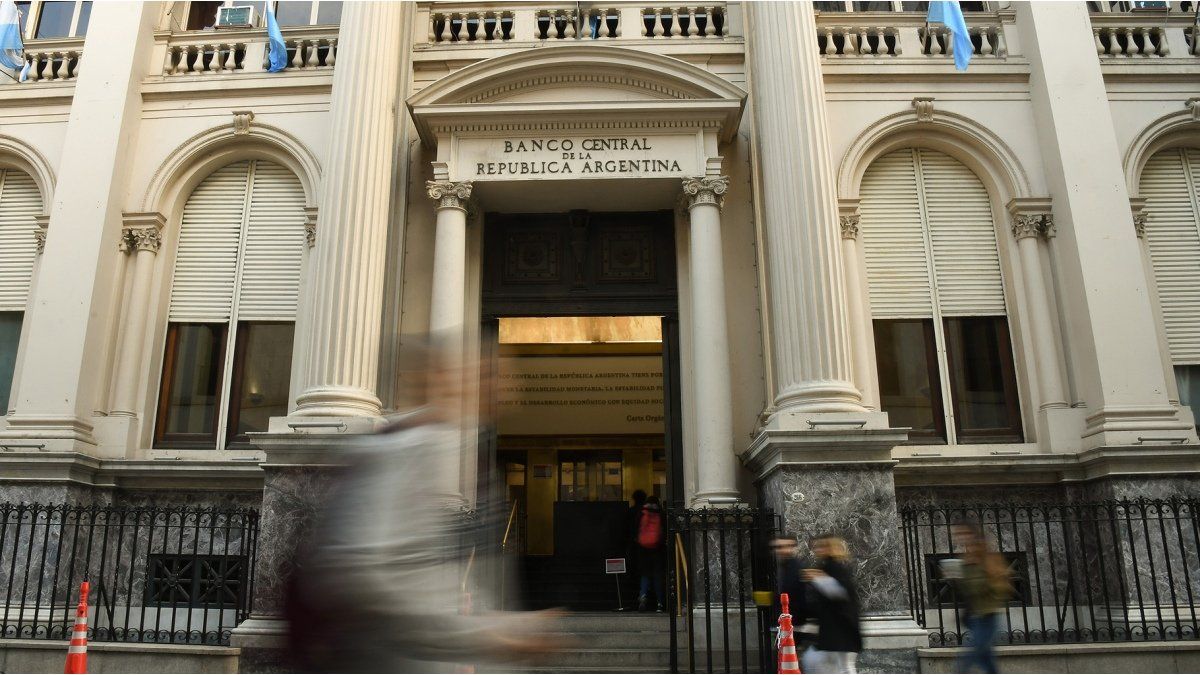Devaluation and after. The “pass through” under sight: it will be the key to see how long the official exchange rate lasts. They seek to keep it for several months. After the exchange jump, they aim to narrow the gap and rebuild reserves. The IMF factor.
The devaluation jump finally arrived. After appealing to all kinds of strategies to cross a desert of reserves that worsened with the greatest drought in a century and as a first reaction to the triumph of Javier Milei in the PASO, the Government ended up agreeing to a sharp rise in the official exchange rate of almost 22%, with which it will unlock the conditional disbursement of the International Monetary Fund. Together with this movement, the Central Bank ordered an equivalent increase in the interest rate. With those cards on the table, a series of questions now opens. What impact will the devaluation have on the very high inflationary inertia? What will happen to the parallel dollars? How long will the officer remain fixed at his new level of $350? Is the supertax here to stay?
The content you want to access is exclusive to subscribers.
as far as he could tell Ambit from high sources of the economic team, The strategy from now on will be to keep the wholesale exchange rate around $350 for a long time reached after the jump validated yesterday. “We hope that it will allow it to be maintained for as long as possible,” they stated from an official office. How long? It will depend on the magnitude of the “pass through” (that is, to what extent it is transferred to the gondolas), say the sources, although they are encouraged to predict few movements until even beyond October. To define future steps, the key data that will be monitored Miguel Pesce and other officials is how many additional points this devaluation adds to the CPI. The premise, in principle, runs both for the official dollar and for the reference rate and the one that remunerates fixed terms, which yesterday was decided to rise to 118% annual nominal and 209% effective annual to avoid a stampede towards the greenback.


In the Government, they consider that there are conditions so that the transfer to devaluation prices is not so high. “The business margins they grew in a precautionary manner under the argument that an exchange rate jump was coming”, affirmed an official source and maintained that, now that the jump is a fact, the companies are already covered. The expansion of margins is a fact: a report that Gabriel Rubinstein’s team delivered to Sergio Massa days ago indicates that they rose from 25% in 2017 to more than 46% in 2023. This allowed companies to take advantage of the distributive bid compared to the wages of the workers who were running behind the inflationary escalation. In addition, the officials acknowledge that the increasing pace of the crawling peg (the policy of daily microdevaluations), which rose to around 12% monthly in the first part of the month, was already putting a high floor on the CPI. This week, Economy will begin the negotiation with the companies for the renewal of Fair Prices and will try to contain the remarks.
However, the analysts already anticipate an impact in the next inflation data, as happens in Argentina with each devaluation, and some companies were quick to suggest that the exchange rate jump will leave a 9% cost increase floor for August. However, the answers given by the Government will be key to prop up income and influence the distributive bid.
bridge the gap
Different sources from the economic team confirmed that the BCRA intervention policy will be maintained on financial dollars. It is that, now, will point to that the devaluation-intervention combo results in a narrowing of the exchange rate gap. Yesterday, in fact, although the Central did not act significantly, the MEP and the CCL rose less than the official rate and the spread contracted to 77% and 87% respectively.
To avoid a significant drain on reserves to contain parallel prices, the National Securities Commission (CNV) ordered a new restriction: capped at 100,000 weekly nominal values (about US$30,000) per client of brokerage firms the amount of financial dollars that can be purchased from now on through sovereign bonds issued both under local law (Bonars) and under foreign law (Global). Precisely, the segment where the BCRA intervenes. In addition, the AFIP made progress in a Qatar dollar tax cut so that it does not rise at the same rate as the wholesaler and, therefore, lower the floor that it imposes on parallel prices.
On the other hand, officials anticipate that the liquidation of exports will accelerate. Yesterday, they celebrated an improvement in the income of foreign currency, which resulted in purchases by the Central of US$220 million. In any case, the expectation to recompose the reserves in a more significant way is set at the meeting of the Board of Directors of the IMF next week, in which the agreed disbursements are expected to be approved, as spokeswoman Julie Kozack mentioned yesterday after assessing “recent policy actions”, alluding to a long-demanded devaluation by the agency. Official sources speak of the arrival in the coming days of a sum greater than the US$7.500 million agreed with the staff, to total US$10.750 million in the coming months.
Source: Ambito




